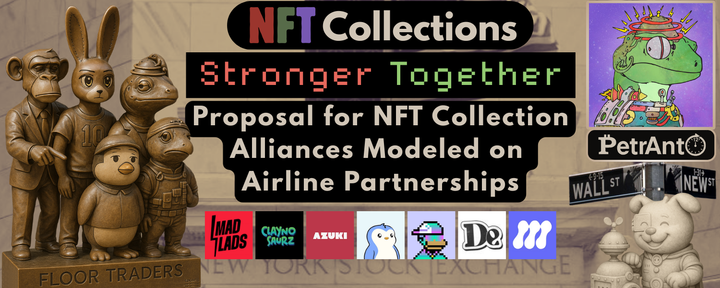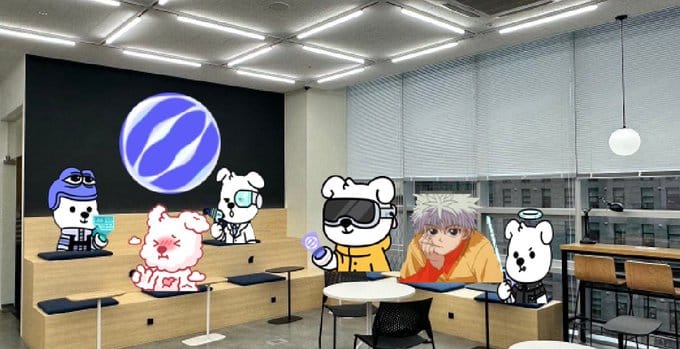Layer 1 vs Layer 2: Understanding Blockchain Scaling Solutions (2025 Version)

Introduction: The Blockchain Scalability Trilemma
The world of blockchain is evolving rapidly, but one of the biggest challenges is scalability. As blockchain networks grow, they struggle to maintain high throughput while keeping security and decentralization intact.
This is known as the Blockchain Trilemma, a concept introduced by Vitalik Buterin, which suggests that a blockchain can optimize only two out of three factors at a time:
- Scalability: Handling a higher number of transactions per second (TPS).
- Security: Ensuring the network remains resistant to security breaches.
- Decentralization: Keeping control distributed rather than centralized.
To tackle these scalability issues, developers have introduced Layer 1 solutions and Layer 2 blockchain scaling solutions, both of which enhance blockchain scalability in different ways.
What is Layer 1? Definition & Key Differences
A Layer 1 blockchain (L1) is the foundational layer of blockchain infrastructure that processes transactions directly on the main network. It provides native security, transaction validation, and consensus mechanisms.
Key Characteristics of Layer 1 Networks
- Consensus Algorithm: Uses Proof of Work (PoW) (e.g., Bitcoin) or Proof of Stake (PoS) (e.g., Ethereum 2.0, Solana).
- Transaction Processing: All transactions occur on the base layer, ensuring strong security but limiting transaction throughput.
- Decentralization & Security: These blockchains are fully self-contained, meaning they don’t rely on other networks for security.
Scalability Issues of Layer 1 Blockchains
While Layer 1 networks are the backbone of blockchain architecture, they face significant bottlenecks:
Limited Transaction Capacity
- Bitcoin network processes ~7 TPS due to its Proof of Work model.
- Ethereum network was originally limited to ~30 TPS before Ethereum 2.0.
High Gas Fees & Network Congestion
During peak times, Ethereum gas fees can rise significantly, making simple transactions expensive for users.
Energy Consumption
PoW blockchains require substantial computational resources, making them less energy efficient compared to PoS-based networks.
To solve these scalability issues, blockchain developers introduced Layer 2 solutions.
What is Layer 2? How It Solves Blockchain Scalability
Layer 2 solutions are secondary chains built on top of a Layer 1 blockchain to handle transactions off-chain, improving efficiency and lowering transaction costs.
How Layer 2 Works:
- Transactions are processed off-chain and later settled on the main chain (Layer 1).
- Increases transaction capacity and reduces gas fees.
- Enhances security features by inheriting Layer 1 network protection.
Popular Layer 2 Scaling Techniques
- Sidechains – Independent blockchains linked to Layer 1 for scalability (e.g., Polygon).
- Optimistic Rollups – Process transactions off-chain and submit a batch to Layer 1.
- Zero-Knowledge Rollups (zk-Rollups) – Use zero-knowledge proofs to batch-verify transactions.
- State Channels – Off-chain payment channels that reduce network congestion (e.g., Bitcoin’s Lightning Network).
Examples of Layer 1 vs Layer 2 Crypto Projects
| Blockchain | Layer | Scaling Approach |
|---|---|---|
| Ethereum | Layer 1 | Smart contract execution, transitioning to PoS. |
| Bitcoin | Layer 1 | Secure PoW blockchain with limited TPS. |
| Optimism | Layer 2 | Optimistic Rollups for Ethereum scalability. |
| Arbitrum | Layer 2 | Optimistic Rollups with dispute resolution. |
| zkSync | Layer 2 | Zero-Knowledge Rollups for Ethereum. |
| Polygon | Layer 2 | Combines sidechains & rollups for scalability. |
| Lightning Network | Layer 2 | Payment channels for Bitcoin scalability. |
Layer 1 vs Layer 2 vs Layer 3: Expanding the Blockchain Stack
| Layer | Function | Examples |
|---|---|---|
| Layer 1 | Base blockchain, handles security & consensus. | Bitcoin, Ethereum, Solana. |
| Layer 2 | Enhances scalability via transactions off-chain. | Optimism, Arbitrum, zkSync. |
| Layer 3 | Focuses on application-layer solutions (DeFi, gaming). | Chainlink (oracles), 1inch (DeFi aggregator). |
Conclusion: The Future of Blockchain Scalability
Both Layer 1 and Layer 2 solutions play an essential role in the future of blockchain scalability.
- Layer 1 networks provide a secure and decentralized foundation but struggle with transaction processing limitations.
- Layer 2 protocols like Optimistic Rollups and zk-Rollups improve transaction throughput while lowering costs.
- Emerging hybrid models integrate Layer 1, Layer 2, and Layer 3 for a fully optimized blockchain infrastructure.
Commonly Asked Questions
What is the main difference between Layer 1 and Layer 2 blockchains?
Layer 1 blockchains are the base layer networks responsible for handling security, consensus, and transaction validation (e.g., Bitcoin, Ethereum). Layer 2 solutions are built on top of Layer 1 to process transactions off-chain, reducing congestion and improving scalability (e.g., Optimism, Arbitrum, zkSync).
How does Ethereum’s Danksharding improve blockchain scalability?
Ethereum’s Danksharding is an upcoming Layer 1 scalability upgrade that enables blobs of transaction data to be stored efficiently, improving transaction throughput without increasing block size. This enhances Ethereum’s ability to scale while keeping fees low for Layer 2 solutions.
What role does Mitosis play in blockchain scaling?
Mitosis is a modular Layer 1 blockchain designed to solve cross-chain liquidity fragmentation. It introduces an Ecosystem-Owned Liquidity (EOL) model, allowing liquidity providers to seamlessly move assets across multiple chains, improving capital efficiency and transaction execution across Layer 1 and Layer 2 networks.
What are the best Layer 2 blockchain scaling solutions?
Some of the most effective Layer 2 scaling solutions include:
- Optimism – Uses Optimistic Rollups to reduce transaction costs.
- Arbitrum – Enables fast, low-cost Ethereum transactions with rollups.
- zkSync – Uses zero-knowledge proofs (zk-Rollups) for security & scalability.
- Polygon – Combines sidechains and rollups for a scalable ecosystem.
- Bitcoin’s Lightning Network – Processes microtransactions off-chain to speed up Bitcoin payments.
Which is better for developers: Layer 1 or Layer 2 networks?
It depends on the use case:
- Layer 1 blockchains are best for foundational blockchain projects requiring high security and native decentralization.
- Layer 2 solutions are ideal for scalable dApps, DeFi, and gaming applications, where fast transactions and low fees are necessary.
Developers seeking cross-chain scalability can leverage Mitosis to access unified liquidity pools across multiple chains without relying solely on Layer 2.



Comments ()